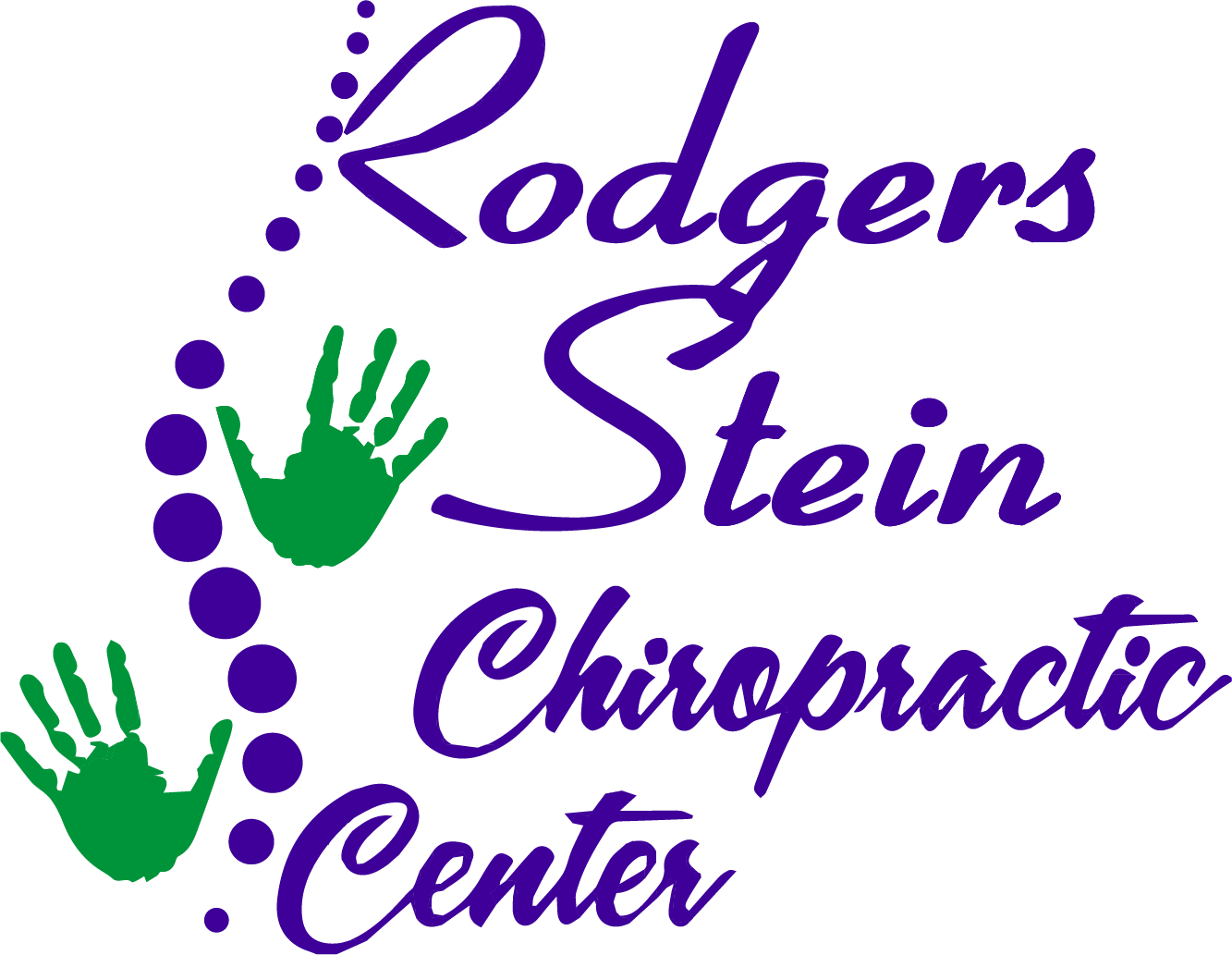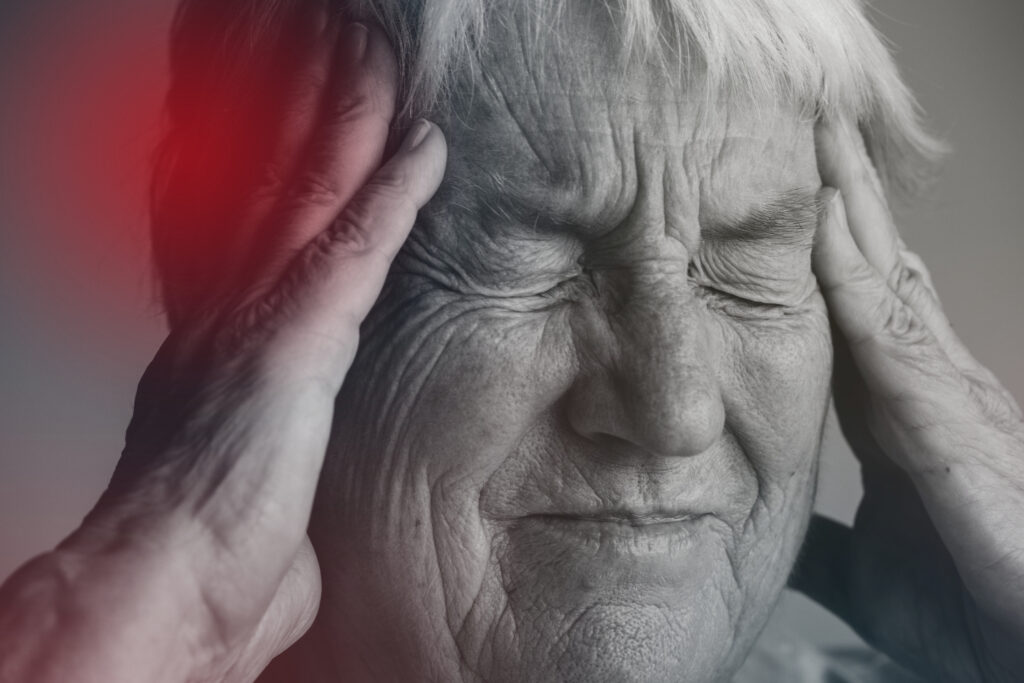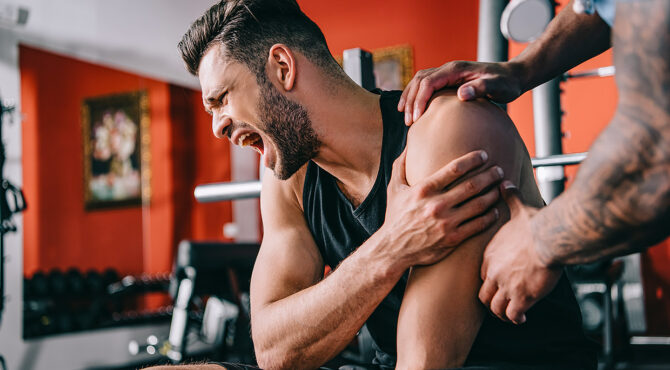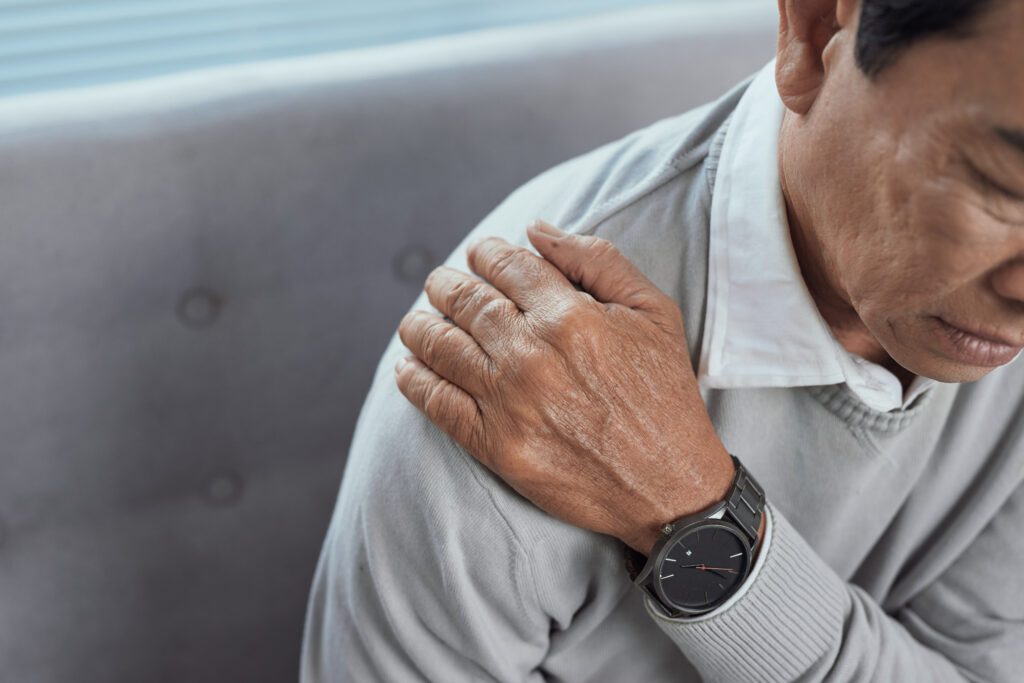If you're dealing with a sports injury in Conroe, it's essential to know your options for effective recovery. You might find that specialized rehabilitation centers and personalized physical therapy can make a significant difference in your healing process. However, there's more to take into account than just immediate treatment. Exploring innovative therapies and community resources could enhance your recovery journey. What strategies and local services can truly support athletes like you in preventing injuries and ensuring a swift return to the field?
Common Sports Injuries in Conroe
When you engage in sports activities in Conroe, you're likely to encounter a variety of common injuries that can sideline you. Whether you're playing soccer, basketball, or running, understanding these injuries helps you stay proactive.
Sprains are one of the most frequent injuries you might face. They usually occur when you twist or overstretch a ligament, often affecting your ankles or knees. The sudden change of direction in sports can lead to this painful setback.
Then there are strains, which happen when you pull or tear a muscle or tendon. This often occurs in the hamstrings or groin, especially during intense workouts.
You might also run into tendonitis, a common issue for athletes. This inflammation of a tendon can develop in your elbows (often referred to as tennis elbow) or knees (jumper's knee) due to repetitive motion.
Another injury to keep an eye out for is a fracture, which can happen from a fall or collision. Stress fractures, often seen in runners, develop gradually due to overuse.
Finally, concussions can occur in contact sports, leading to serious health concerns.
Being aware of these common injuries can help you take preventive measures. Make sure you're warming up properly and using the right equipment.
Staying in tune with your body is essential to recognizing when something isn't right, allowing you to address issues before they escalate into more serious problems.
Immediate First Aid Steps
When you encounter a sports injury, your first step is to assess the injury to understand its severity.
Next, applying ice therapy can help reduce swelling and pain.
Finally, elevating the affected area will further minimize inflammation and promote healing.
Assess the Injury
In the heat of the moment, evaluating a sports injury requires quick and clear thinking. First, you need to check if the injured person is conscious and responsive. If they're alert, ask them about their pain level and where it hurts. This helps you gauge the severity of the injury.
Look for any visible signs like swelling, bruising, or deformity. If the affected area seems out of place or if there's excessive swelling, you may be dealing with a more serious injury.
Next, assess their ability to move the injured limb or joint. Ask them to gently try to move it. If they can't, or if they experience sharp pain, it's vital to avoid further movement. Keep them calm and still, as moving can worsen the injury.
If you suspect a fracture or a severe sprain, it's best to call for professional help immediately. Make sure you're keeping the environment safe, removing any hazards nearby.
Apply Ice Therapy
Once you've assessed the injury and determined it's safe to proceed, applying ice therapy can greatly help reduce swelling and alleviate pain.
Start by gathering some ice or a cold pack. If you don't have a cold pack, you can use a bag of frozen vegetables wrapped in a towel. This prevents frostbite on your skin.
Next, apply the ice to the affected area for about 15 to 20 minutes. Make sure to keep the ice moving slightly to avoid any skin damage. It's important to take breaks; remove the ice for at least 20 minutes before reapplying. This cycle of icing helps control inflammation.
You should also be aware of how your body reacts. If you feel increased pain or discomfort, stop the application immediately.
After icing, monitor the injury for any changes. Keep an eye on swelling and pain levels, as these can guide your next steps in recovery.
Elevate the Affected Area
Elevating the affected area is essential for minimizing swelling and promoting healing. When you suffer a sports injury, elevating the injured limb helps reduce blood flow to the area, which can considerably decrease swelling.
Here's how you can effectively elevate the affected area:
- Find a Comfortable Position: Sit or lie down in a way that allows you to elevate the injury above heart level. This could mean lying back on a couch or bed.
- Use Pillows or Cushions: Place soft pillows or cushions under the injured limb. This provides support and keeps the area elevated without causing discomfort.
- Maintain Elevation: Keep the affected area elevated for at least 20 minutes at a time, especially in the first few hours after the injury. This helps in managing inflammation.
- Combine with Other Treatments: Elevation works best when combined with ice therapy and compression. Make sure you apply ice and use an elastic bandage if recommended.
Local Physical Therapy Options
Conroe offers a variety of local physical therapy options that cater to athletes recovering from sports injuries. Whether you're dealing with a sprain, strain, or more severe injury, you'll find several clinics equipped to help you regain strength and mobility.
One option is to visit a specialized sports rehabilitation center. These facilities often employ therapists who focus on sports-related injuries, providing tailored treatment plans based on your specific needs. They utilize techniques like manual therapy, therapeutic exercises, and modalities such as ultrasound or electrical stimulation to enhance recovery.
You might also consider outpatient physical therapy clinics. These clinics typically offer a broad range of services, including one-on-one sessions with licensed physical therapists. They'll work with you to develop a personalized program that addresses your injury and helps you return to your sport safely.
Don't forget about the potential benefits of group therapy sessions. Some facilities in Conroe offer these sessions, which can provide a motivating environment and peer support. This option can be particularly beneficial if you enjoy a social aspect to your recovery.
Finally, many local therapists emphasize education, teaching you about your injury and how to prevent future ones. You'll learn valuable exercises, stretches, and proper techniques to stay injury-free as you get back into your game.
In Conroe, you've got plenty of options to support your recovery journey. Choose a local physical therapy provider that aligns with your specific needs and goals.
Chiropractic Care Benefits
Chiropractic care offers numerous benefits for athletes dealing with sports injuries. When you're faced with pain or discomfort, a chiropractor can provide effective treatment that focuses on your body's alignment and overall wellbeing.
Here are some key benefits you can expect from chiropractic care:
- Pain Relief: Chiropractic adjustments can alleviate pain in your back, neck, joints, and muscles, allowing you to return to your sport quicker and more comfortably.
- Improved Range of Motion: Chiropractors work to restore mobility in your joints and muscles. This improvement in flexibility can enhance your performance and reduce the risk of future injuries.
- Enhanced Recovery: Regular chiropractic sessions can speed up your recovery process. By addressing misalignments and improving circulation, your body can heal more efficiently.
- Injury Prevention: Chiropractic care doesn't just treat existing injuries; it also focuses on preventing them. By maintaining proper alignment and muscle balance, you can reduce the likelihood of future injuries during training or competition.
With these benefits in mind, incorporating chiropractic care into your recovery plan can be a game-changer.
Whether you've recently suffered an injury or want to maintain peak performance, a chiropractor can help you achieve your athletic goals safely and effectively.
Consider scheduling an appointment to see how chiropractic care can make a difference in your sports journey.
Innovative Treatment Techniques
There are several innovative treatment techniques available that can greatly enhance recovery from sports injuries. These methods focus on improving healing times, reducing pain, and restoring function more effectively than traditional approaches.
One popular technique is Platelet-Rich Plasma (PRP) therapy, where a small sample of your blood is drawn, processed to concentrate the platelets, and then injected back into the injured area. These platelets contain growth factors that can accelerate the healing process, reduce inflammation, and improve tissue repair.
Another cutting-edge method is regenerative medicine, which utilizes stem cells to promote healing. By extracting stem cells from your body, typically from bone marrow or adipose tissue, practitioners can inject them into the injured area to stimulate regeneration of damaged tissues. This technique shows promise for chronic injuries that don't respond to conventional treatments.
Electric stimulation therapies, such as neuromuscular electrical stimulation (NMES), are also gaining traction. These devices deliver controlled electrical impulses to stimulate muscle contractions, which may help reduce muscle atrophy and promote healing in the affected area.
Finally, cryotherapy has become a favored method among athletes. By exposing your body to extremely cold temperatures, this technique can help reduce pain and inflammation, allowing for quicker recovery.
Injury Prevention Strategies
To prevent sports injuries, you need to prioritize proper warm-up techniques before hitting the field.
Incorporating strength and flexibility training into your routine can also make a significant difference in your overall performance.
Proper Warm-Up Techniques
A dynamic warm-up is essential for athletes in Conroe looking to prevent sports injuries. This warm-up prepares your body for physical activity by increasing blood flow to your muscles and improving your range of motion.
By incorporating specific movements, you can enhance your performance and reduce the risk of injury. Here are four effective warm-up techniques to include in your routine:
- Leg Swings: Stand on one leg and swing the opposite leg forward and backward. This helps loosen your hip flexors and hamstrings.
- Arm Circles: With arms extended, make small circles and gradually increase the size. This warms up your shoulders and improves mobility.
- High Knees: Jog in place, driving your knees up towards your chest. This increases your heart rate and activates your core muscles.
- Lateral Shuffles: Move side to side in a quick, shuffling motion. This mimics the lateral movements you'll perform in sports and improves your agility.
Strength and Flexibility Training
Strength and flexibility training is essential for athletes in Conroe who want to minimize their risk of sports injuries. By incorporating these elements into your routine, you can enhance your performance and protect your body.
Strength training focuses on building muscles that support your joints, while flexibility training improves your range of motion, which is vital during dynamic movements in sports.
To get started, focus on exercises that target major muscle groups, like squats, lunges, and push-ups. These exercises not only strengthen your muscles but also promote stability. Aim for two to three strength training sessions per week, allowing your body time to recover.
For flexibility, incorporate stretching routines or yoga into your schedule. Dynamic stretches before workouts warm up your muscles, while static stretches after workouts help maintain flexibility.
Target areas prone to tightness, like your hamstrings, hips, and shoulders.
Community Support Resources
Recognizing the importance of community support resources can greatly aid athletes recovering from sports injuries in Conroe.
When you're facing the challenges of rehabilitation, tapping into local resources can make a significant difference in your recovery journey. These resources not only provide physical support but also foster emotional well-being, encouraging you to stay motivated and engaged throughout the process.
Here are four community support resources you can utilize:
- Local Support Groups: Joining a group of fellow athletes who've experienced similar injuries can help you share experiences and coping strategies. It's reassuring to know you're not alone.
- Physical Therapy Clinics: Many clinics in Conroe offer specialized programs tailored for sports injuries. Working with a therapist can accelerate your recovery and guarantee you're following the right rehabilitation protocols.
- Recreational Sports Leagues: Once you're ready to return to activity, participating in local leagues can help you regain confidence and social interaction. It's a great way to ease back into sports.
- Wellness Workshops: Attend workshops focused on injury prevention and recovery strategies. These sessions often cover nutrition, mental health, and safe training practices to keep you informed and empowered.
Conclusion
In Conroe, you have access to a wealth of resources for sports injury recovery. From specialized physical therapy and chiropractic care to innovative treatments like cryotherapy, you can find the support you need to heal effectively. Don't forget to engage in injury prevention strategies and tap into community resources for added support. With the right approach, you can confidently return to your sport and stay active, reducing the risk of future injuries along the way.



